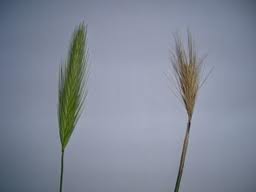Goga
Banned
- Messages
- 2,651
- Reaction score
- 152
- Points
- 0
- Y-DNA haplogroup
- R1a*
- mtDNA haplogroup
- HV1b2
Yeah. First of all, most Europeans have not so much of 'Yamnaya ancestry'.However, that is not what the pre-announcement states nor implies. It states:
" the inhabitants of Ganj Dareh made little direct genetic contribution to modern European populations "
Secondly, they are talking about "DIRECT" genetic contribution. But there was no direct contribution. Because it was via Yamnaya, so we talk about in-direct contribution, via Maykop/Yamnaya and then some into Europe
People (SUMERIANS??, proto-Aryans, proto-Kurds/Persians) from the Zagros firstly migrated into Maykop/Yamnaya and from there already mixed people from the Steppes migrated into the Europe. So it was in different stages.
Of course there was no 'direct genetic contribution'. Modern Europeans are only PARTLY from Yamnaya. They are not really Yamnaya people, but 'hybrids'. Also people in Yamnaya Horizon were 'HYBRIDS" by themselves. Yamnaya folks were not pure at all.
But those who lived in Yamnaya were 'DIRECTLY' influenced by proto-Kurds. And Europeans were directly influenced by the Yamnaya folks and therefore indirectly by the folks from the Kurdistan Zagros Mountains.


